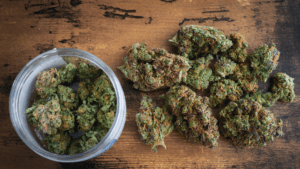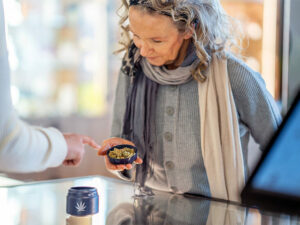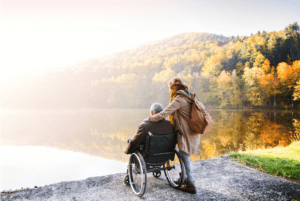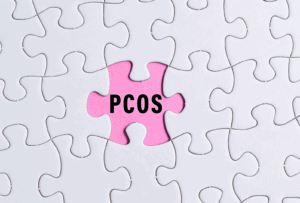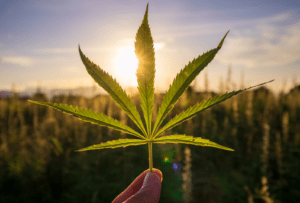
Decriminalization vs Legalization: Taking a look at ballot terminology
This November, several individuals in the United States will have the opportunity to change cannabis laws. Currently, four states have secured the necessary number of signatures to place their measures


